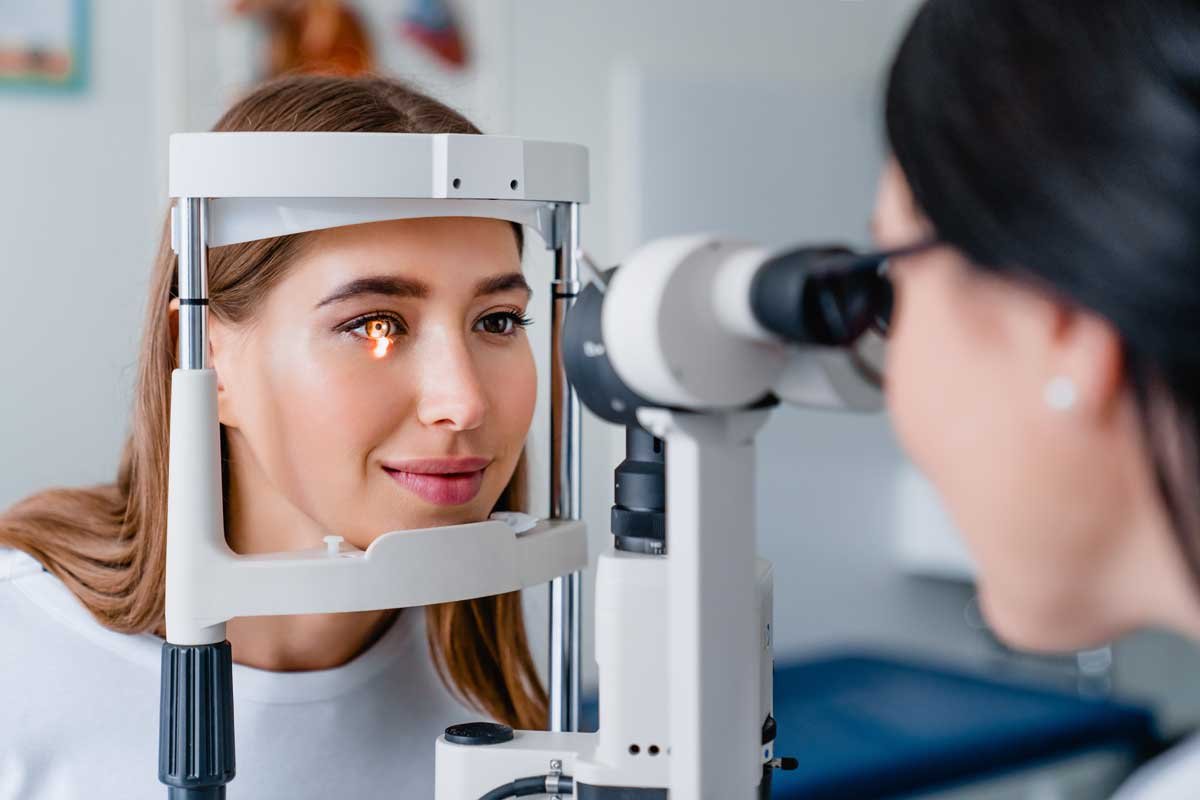According to the Centers for Disease Control and Prevention (CDC), many US citizens above 40 years of age shy away from eye exams because of the high costs involved.
Are you one of them? Hopefully not. But if you are, the good news is that you can cut down the cost of eye care by getting a vision insurance plan.
Breaking Down The Costs
Below are the typical average costs of different eyecare components:
- Eye exam: USD$154
- Non-enhanced lenses: USD$86
- Enhanced lenses: USD$268
- Frames: USD$159
Therefore, for you to get an eye exam plus glasses with plain lenses, you need about USD$399. If you go for those with enhancements, you have to set aside a whopping USD$581+. Enhancements herein refer to features like the following:
- Scratch-resistant coating
- UV rays protection
- High-index lenses
- Anti-glare coating
- Light-sensitive lenses
- Impact-resistance lenses
- No-line bifocal lenses
Most of these features are requisite for your comfort and safety. Thus, you’ll most likely go with the higher budget of USD$ 581. Sincerely speaking, that’s a lot of money. The costs may spiral even further if you’re cut for luxurious eyewear.

Fortunately, vision insurance may help reduce your bills. Some plans cost as little as USD$9 monthly. The yearly total for the premiums is about USD$108. Additionally, with insurance, eye exams at in-network clinics are usually free. But other plans may require you to pay a small fee for exams, the average for which is USD$15.
Here are the average out-of-pocket costs you may have to cover:
- Non-enhanced lenses: USD$25
- Enhanced lenses: USD$170
- Frames: USD$9
Thus, for an eye exam, plain lenses, and the frame, your budget reduces to USD$34, or USD$49, if you’re under a copay plan. For enhanced glasses, the total comes to USD$194 or thereabout. Even if you add the total insurance premiums for a year, you still spend less than if you were to pay for everything out-of-pocket.
From these examples, it’s clear that vision insurance may help you save money. When you have a plan in place, you’ll pay less each time you visit an in-network provider. If you’re the web-savvy type, you can also order prescription glasses online with insurance.
What Options Are Available?
You can get vision insurance in four main ways:
- Employee benefits: If you’re lucky enough, your employer may have a health insurance plan in place that covers routine exams, frames, and lenses.
- Private insurance: Understand that the law doesn’t compel employers to provide vision insurance. If no such arrangements exist at your workplace, you can, as well, register for a stand-alone vision plan from private insurance companies. Moreover, it’s not a must for you to be part of the health insurance plans offered by your employer. Getting your own cover may come with added benefits, like lower copays.
- Combined vision and dental Insurance: Your dental health is just as important as your eye health. In this sense, you can take an insurance plan that covers both. You’ll pay lower premiums than if you were to take two different policies.
- Group insurance: Suppose you belong to a support group comprising folks with eye disorders. You can take vision insurance as a group. The same is possible with any other association or union that offers benefits to members.
Know Your Vision Benefits
Not all plans are the same. Different insurers have different terms and conditions for the policies they issue. Therefore, it’s imperative to know the provisions of your vision insurance.
The most common items under vision coverage include:
- Routine eye exams
- Spectacles frames
- Spectacles lenses
- Contact lenses.
In most cases, you can take either eyeglasses or contact lenses in any given year. In other words, you can’t purchase eyeglasses in February and then go back for contact lenses in, say, July.
If you decide that you need contact lenses after buying eyeglasses through your insurance, you can pay for them from your pocket. Alternatively, you can wait until a year elapses for you to be eligible for the contact lenses.
For eye exams, opticians recommend that you get one every year, especially if you already have eye disorders or you’re at a higher risk of developing them. Different plans cover different tests, but the following are the most common ones:
- Visual acuity
- Eye muscle movement
- Retinal checks
- Retinoscopy
- Refraction
- Slit-lamp test
- Visual field exam
Knowing the details of your policy helps reduce disagreements between the insurer and the eye care specialist. So, make sure to discuss everything with the insurer’s representative before you start paying the premiums.
To Conclude
Insurance significantly reduces the cost of eye care. Hence, you may want to register for a plan whether you currently have eye problems or not. Given the long screen time many people are used to nowadays, the risk of developing eye conditions is high.












